Visibility: poor
Posted: February 6, 2016 Filed under: Uncategorized 19 CommentsA snow fog descended over Montreal today, wrapping the city in mist. Even the most mundane of subjects turns to magic in this type of weather. The recipe for the soft layering of trees in the park was to use a triad of colours — none of them very dark or transparent — and build up the values slowly while painting around the bigger white shapes. I’ve recently added Yellow Ochre back into my travel palette, replacing the Raw Sienna that was there, and used it along with Cerulean Blue and Organic Vermilion for this muted triad. I’ve really been enjoying experimenting with triads this year and will incorporate these lessons into my summer workshops. Sketched on Fluid paper, 8″ x 8″. White gouache added to the finer branches at the very end.

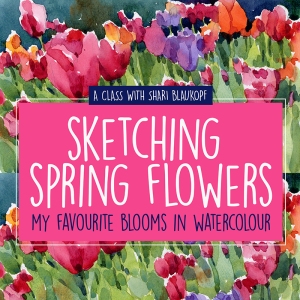

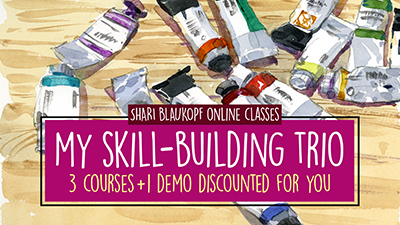
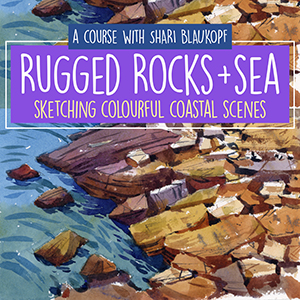


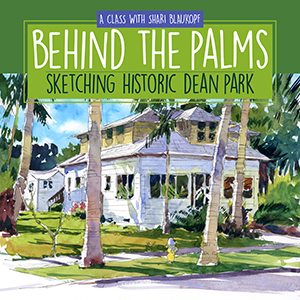

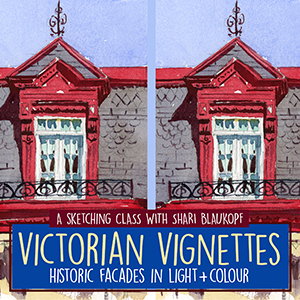
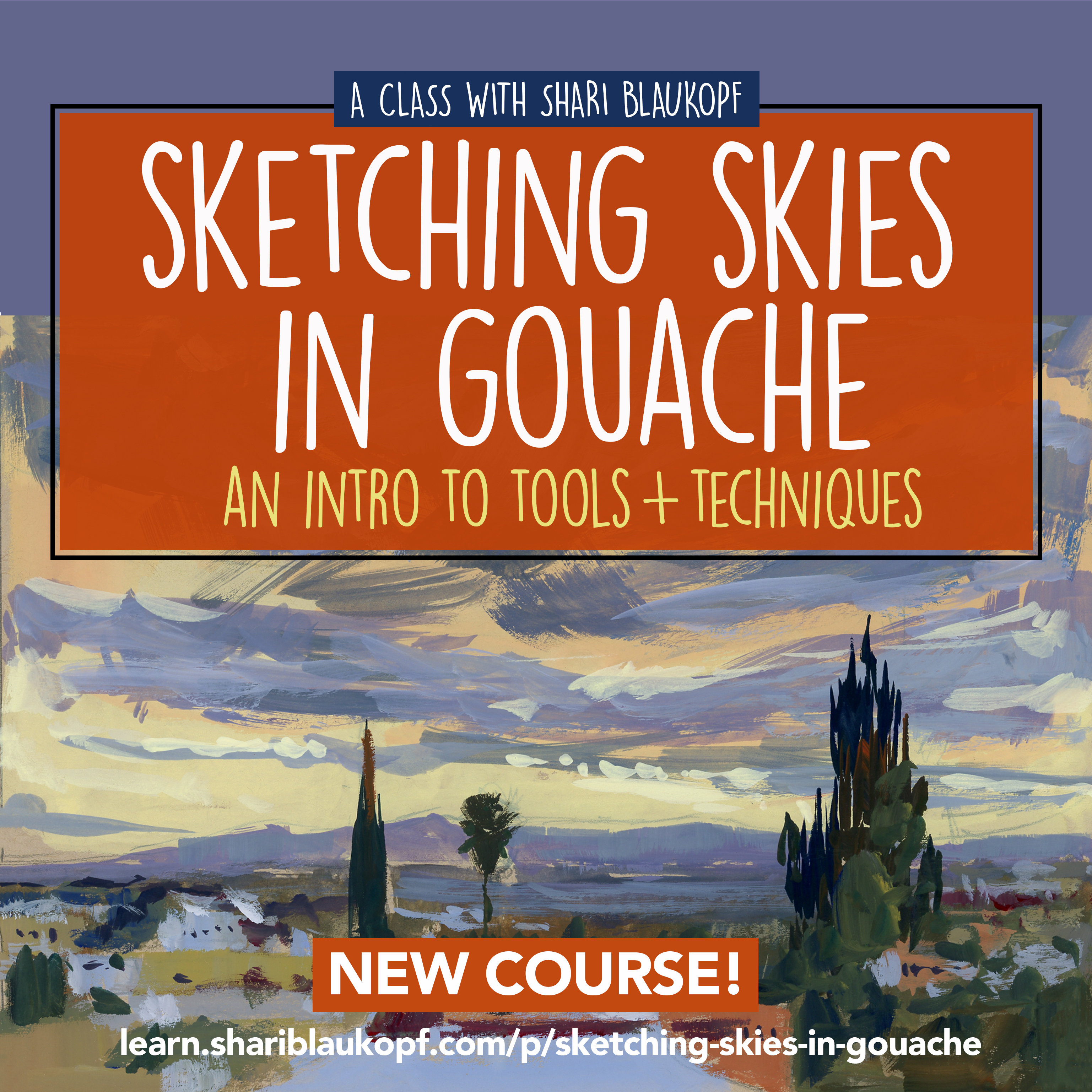


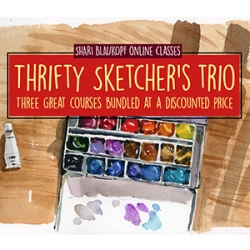
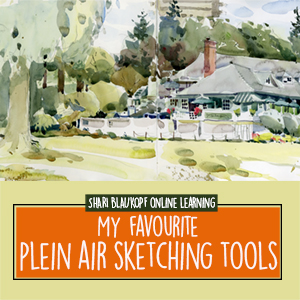

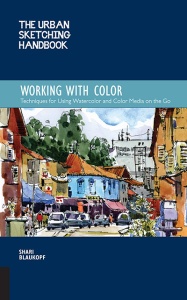
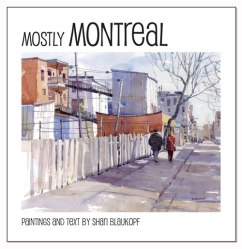


Lovely. Need to try some triad painting myself. I use end up trying too many combinations..
LikeLike
Using a limited palette really encourages you to focus on value relationships, which is why I love to use them.
LikeLike
Absolutely beautiful!
LikeLike
Thanks Ineke!
LikeLike
Really? Just 3 tubes of colors?
I really need to try to do that.
Your understanding of color is so advanced.
I really need to finally figure that out.
LikeLike
Really Tim. Just three. It can be hard to figure this out in the beginning but once you start doing this often, when you are mixing you are looking at the lightness and darkness of the mix, or the colour temperature (warm or cool) rather than what colour it is. And I never really realized that until I started to respond to your comment.
LikeLike
Beautiful. Not just a wonderful example of a triad in action … but also of how the untouched (and/or added?) whites give the whole thing life.
LikeLike
That’s why I love painting snow. It gives me so much opportunity to leave interesting white shapes, which you can’t do in a summer landscape. Thanks Tony.
LikeLike
I just signed up yesterday and what a thrill it was to receive your beautiful email this morning!
This week it’ll be triad painting four men!
Dianne
LikeLike
Hi Dianne. So glad to hear that you’ll be enjoying the posts. And of course the triads as well!
LikeLike
Love the branching. Thankyou for the lesson. The triad…this is called using a ‘limited palette’? As in your Craftsy Class – Sketching Landscapes? The ‘limited palette’ can be a small number of colours but not necessarily just three? The ‘triad’ is one example of a limited palette and a triad uses combinations of different versions of reds, blues and yellows? I’m not sure of the intricacies or language of colour combos. I think it’s very clever to first of all decide which three colours to use, then to do the mixing to capture the mood of the scene…all en plein air with a time limit, and not so cosy conditions. Sandi
LikeLike
Hi Shari, Sorry, I think I’ve asked too many questions here. I shall study up on triads in relation to the colour wheel. Thankyou for inspiring further avenues of study.
LikeLike
HI Sandi,
Questions are no bother at all. It sometimes takes me a few days to answer them all, depending on my teaching schedule, but I usually get around to them eventually.
So yes, a limited palette is a small number of colours. A triad is three, and they are often spaced equally around the colour wheel, like yellow, red and blue. Jane Blundell, who commented just below you, is a real expert on this. I have never met anyone who is a scientific about watercolour pigments as Jane is. I am more of the accidental painter. Have a look at Jane’s website for some excellent suggestions about painting with limited palettes (and much, much more): http://www.janeblundellart.com
I like using a limited palette because I find it gives the painting unity, and helps me focus on values instead of realistic colour. I am always happier with my limited palette work than when I use everything on the palette. I encourage you to try them and see what you think.
LikeLike
Looks gorgeous Shari.
I love working in triads – I’m actually writing a book about them! There are loads of suggestions of different triads on my website. The important thing for people to realise is that you need to balance the strength of each pigment in the triad – an earth triad with a yellow ochre and Indian red wouldn’t work with the powerful and transparent phthalo blue, but is gorgeous with the semi opaque, granulating earth blue cerulean (or cerulean chromium).
Interesting about warm vs cool – I don’t tend to favour just using warm or just cool primaries – usually a mix – I prefer to look at the balance around the colour wheel and the pigment characteristics.
My favourite ‘primary’ triad is ultramarine, quin rose and hansa yellow medium, which is a warm blue, a cool red and a mid yellow. Makes lovely bright secondaries. Works for painting many subjects once you know how to mix with it. For a slightly more neutralised painting for plein air, I like ultramarine (warm), Quin gold (Daniel Smith) (warm and slightly neutral) and Pyrrol Crimson (cool) – makes lovely realistic but neutral greens, oranges and purples and great neutrals.
Others to try are the bright primary – hansa yellow medium (or other mid yellow or cool yellow), Quin Rose (or Quin magenta) and phthalo blue GS, or the deep and dark Indanthrone Blue with Pyrrol Crimson or even perylene maroon and Quinacridone gold or a deep yellow.
Then there are the crazy non-primary triads – ultramarine, burnt sienna and raw sienna or yellow ochre (or quin gold). These have colour limitations but are great fun.
Happy painting as always 🙂
LikeLike
Hi Jane,
As always, I am so happy to hear from you. And thrilled that you will be in Manchester so I can finally take your workshop!!
I love your scientific approach to colour. As I just wrote to Sandi, who commented on this post as well, my approach is more accidental. Despite that, I love reading your suggestions and they give me so many great ideas.
I have difficulty with Phthalo Blue. It’s so strong and always seems to take over, but I will try your suggestion for the Bright Primary. I love the way that sounds. I’ll be going to South Carolina next month for a workshop,and painting the Spanish Moss on the trees, so I’ll need some good green mixes.
Hope all is well with you and really look forward to seeing you again.
LikeLike
Shari, your paintings are so beautiful, how you paint is awesome and inspiring! And thank you Shari and Jane for triad encouragement!
LikeLike
Thanks Ellie. Yes, I love it too when Jane gives her wonderful tips on colour.
LikeLike
Your palette worked well for this snowy scene!
LikeLike
Thanks so much Joan.
LikeLike